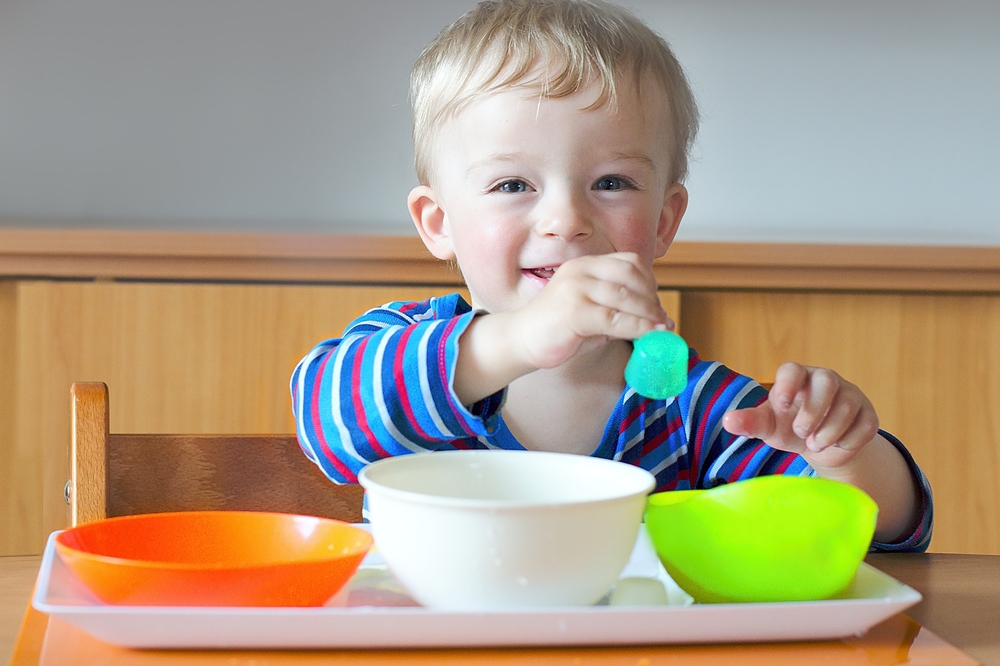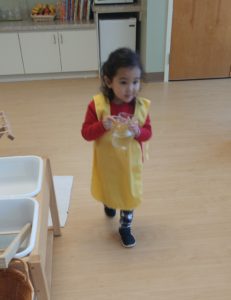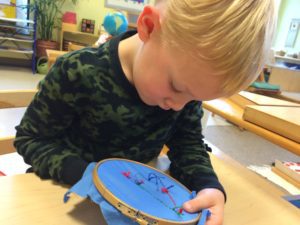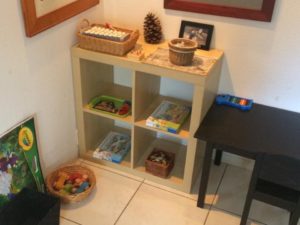Positive Reinforcement: a Montessori Perspective
Positive reinforcement, the idea that external rewards must be used to build a child’s confidence, is believed by many to be the best tool for guiding the growth and development of children. This is not entirely true. While positive reinforcement is a helpful tool in giving children feedback, it’s not the only means of development for them.
The Montessori method has proven to be an excellent guideline for teaching children to reach their fullest potential, but the Montessori perspective on positive reinforcement may surprise you.
The Montessori Method
Dr. Maria Montessori realized that the key to a child’s full development is intrinsic motivation. She noticed that, when left on their own to learn at their own pace, children have a natural desire to understand the world around them.
The Montessori method of teaching explains that the job of parents and teachers is to guide this desire to learn. Children motivate themselves to work towards intelligence, and we must not distract them from their path. In other words, there is no need to excessively offer children rewards for something they should motivate themselves to do.
Does that make Positive Reinforcement bad?
Not necessarily. While children need to drive their own learning, they still require your feedback. It is beneficial for children to receive some form of reinforcement, such as guidance or affection, in order to remain motivated. However, the Montessori perspective recommends avoiding certain methods of providing feedback.
Saying, for example, “Good job!” is a natural reaction to let your child know you approve of the work they have done. Unfortunately, this creates an emotional connection between your child and the task. Though seemingly innocent, this sets a precedent for your child to measure their own worth by the completion of objectives.
This can have a few negative consequences. Your child may begin to feel insecure about themselves when they fail, or they may become overly confident in their abilities. If your child is afraid to fail or take risks, they might avoid challenges and unintentionally stunt their own growth. If your child feels they can do no wrong, narcissism may present itself and hinder development as well.
To avoid these outcomes, the Montessori method proposes a different approach to positive reinforcement.
Positive Reinforcement, the Montessori way
According to the Montessori perspective, the ideal use of reinforcement comes in the form of descriptive praise.
This is a form of verbal reinforcement that focuses the evaluation of praise on the effort a child places on a task, rather than completion. This is done by describing the actions the child took and their consequences in a positive light.
For example, when your child shows you a drawing they made, a descriptive form of praise would be, “Wow that’s so creative! You put a lot of work into that.”
Instead of biasing the completion of the task, the praise reinforces your child’s ability to think freely and put effort into an objective. Reinforcing the work ethic, not the work, can be much more helpful in guiding your child’s development, and can have lasting positive effects.
How Silverline guides growth with the Montessori Method
At Silverline Montessori, our authentic approach to Montessori helps to guide students towards academic enrichment. With the help of dedicated and carefully trained teachers, students are able to reach their fullest learning potential and develop long-lasting skills.












